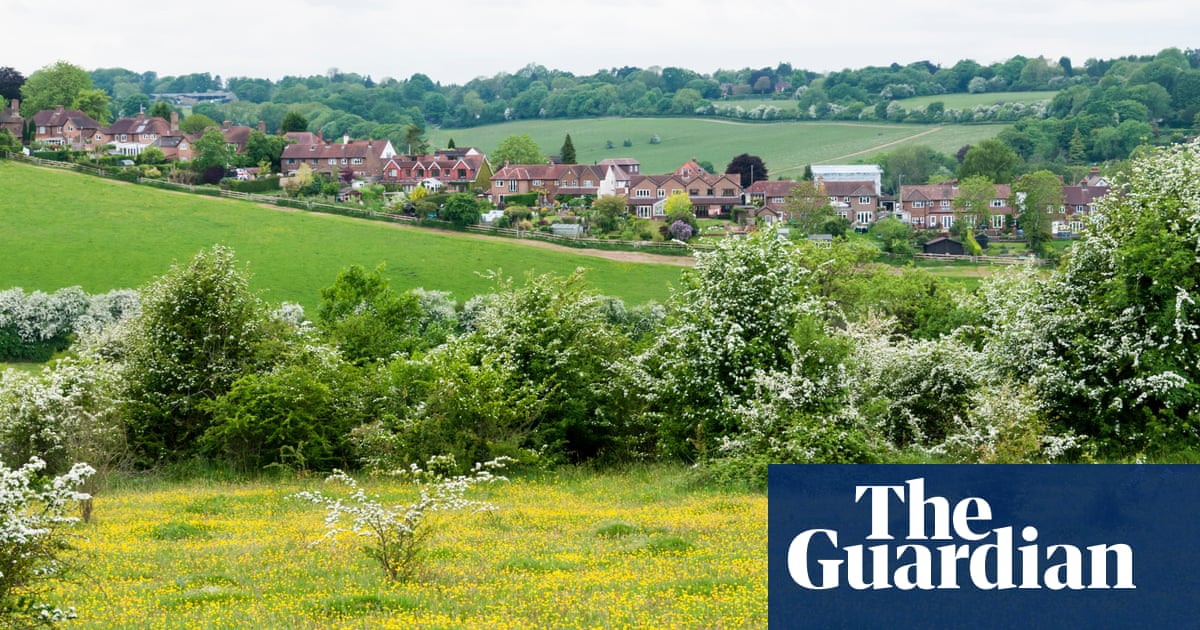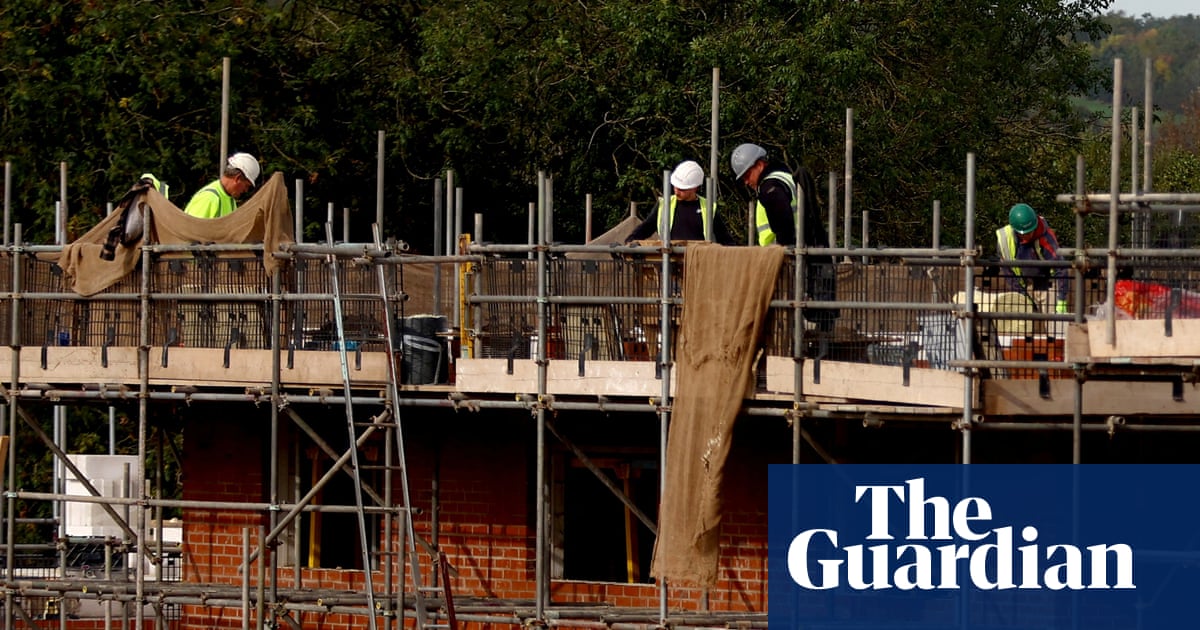
In arguing for more building on land within green belts, Nicholas Boys Smith seems not to appreciate their actual purpose (England’s green belt can’t stay entirely untouched for ever, building design tsar says, 2 January). He fails to recognise that green belts are there to prevent most new development as a matter of principle, irrespective of its design quality.
Green belts were not established to protect agricultural land, nor were they concerned with “amenity value”. Established in 1955, the original purpose of green belts was “to check the growth of a large built up area, to prevent neighbouring settlements from merging into another, or to preserve the special character of a town”. In the 1980s the then Greater Manchester council, when drawing up the first comprehensive green belt for the conurbation, established a further critical purpose, namely to assist in urban regeneration – an objective subsequently adopted nationally by the Conservative government, despite being vigorously opposed by the big housebuilders of the day (something I remember well as a planner defending our approach at a 60-day public inquiry).
Green belts are established as part of a rational local planning process, fully engaging with communities, and subject to rigorous public examination. While, once in place, they are certainly expected to be valid for the long term, like any other planning policy, they are subject to periodic review – as indeed has happened in Greater Manchester, where (after about 40 years) some adjustments to the boundaries have been made in order to reflect current housing and economic requirements.
To suggest simplistically, as both the main political parties are doing, that an evidence-based policy such as green belt designation is the reason for the housing crisis (and thus that the planning system is “broken”) simply makes an honest examination of the multiple failures of the last 14 years even more unlikely.
David Kaiserman
Wilmslow, Cheshire
It’s not possible, as Nicholas Boys Smith seems to believe, to talk intelligently about housing and development without mentioning either genuinely social (ie not “affordable”) housing or developers’ profits and their contributions to politicians.
Developers prefer to “chuck a cul-de-sac in a field”, as he says, because greenfield land (not necessarily green belt) is cheaper to develop, and people are willing to buy the resulting houses with their three parking spaces and no public transport nearby. They build at low density because detached housing is somehow aspirational. They already use pattern books, as Boys Smith recommends, just not good ones. Georgian and Victorian pattern books gave a range of dwelling provision, with carefully thought-out facilities and spacing, and subtle changes of decoration – a little like the Parker Morris standards that the Thatcher government ditched.
But however many planning permissions developers are given, they will never develop at a rate that risks undermining their profits. Gordon Brown and his economic adviser on housing, Kate Barker, both believed that all that was necessary to make prices affordable was to build in sufficient volume. That magical thinking has blighted planning ever since. And the housebuilders’ contributions to the Tory party especially have blighted any hope of better provision.
Starmer’s proposal to cut the discounts available on right to buy for any remaining council houses is a step in the right direction. But the only solution for the millions of people of all ages living without secure housing is to build council housing once more, and return to the original intention that it should be normal tenure, not a desperate last measure for those with no other option. And restore the ability of councils to design and manage it, reversing the last 40 years of outsourcing and downgrading of local authorities. That will be a long slog, but it’s essential.
Judith Martin
Winchester












